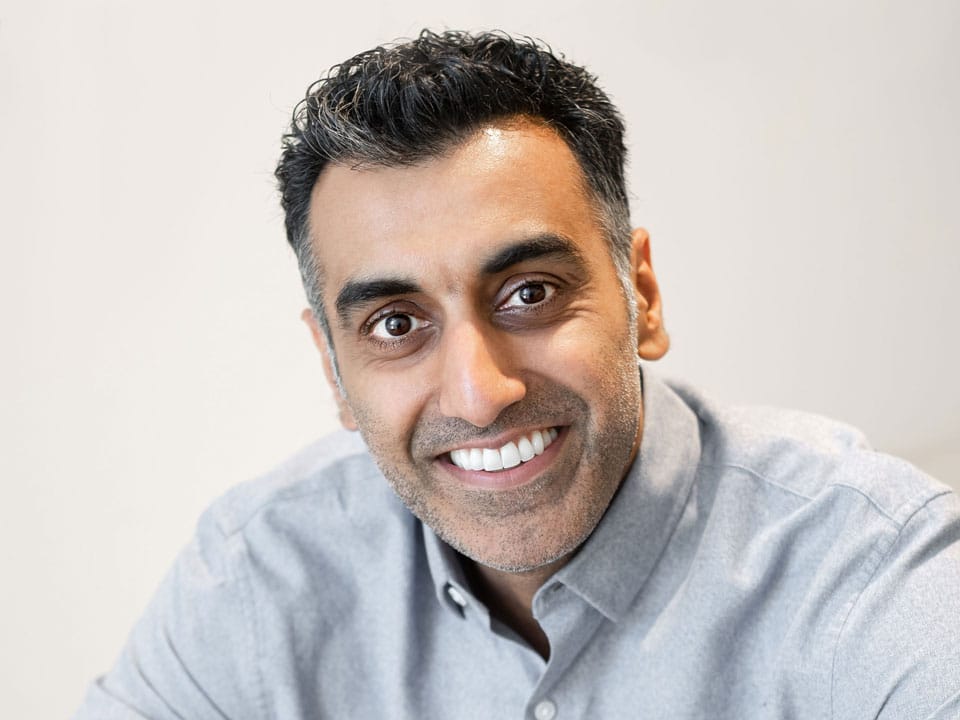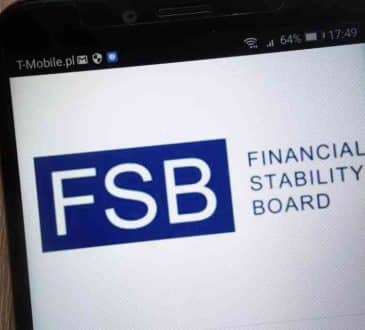Improve as a Leader by Managing Your Energy and Building Stamina

Regular running is satisfying, but if you are the competitive type, even greater satisfaction lies in running faster and longer. Progress can be a wonderful motivator. If you want to improve as a runner, you can (and should) do supplemental training, which involves strength training, flexibility, and technique work.
The simplest way to improve is to run for time and increase the intensity over time. In short, set a goal to run for thirty or sixty minutes—something longer than you had previously accomplished. After you have been running for thirty to forty-five minutes at least three times a week, you can then increase that distance goal or start increasing your speed and intensity. Over time, you will build efficiency in running and improve your stamina.
A Corporate Athlete can benefit from adopting similar principles. Most people equate working hard with working longer hours, and the challenge with that is that time is a finite resource. Energy is a different story, and it can be improved with practice and sustained by stamina. Here are some concrete ways you can improve as a leader by managing your energy and building stamina.
Use Your Energy Wisely
Defined in physics as the capacity to work, energy comes from several sources in human beings: the body, emotions, and mind-spirit. In each, energy can be systematically expanded and regularly renewed by establishing specific rituals or behaviours that are intentionally practiced and precisely scheduled, with the goal of making them automatic. Similar to running, with practice, you can improve on each of the different sources to maintain energy and call on your stamina when you need it most.
The body is focused on physical energy. Not surprisingly, inadequate nutrition, exercise, sleep, and rest diminish people’s basic energy levels as well as their ability to manage their emotions and focus their attention.
Emotional energy is focused on taking control of your emotions. Unfortunately, without intermittent recovery, we are not physiologically capable of sustaining positive emotions for long periods. Tony Schwartz notes, “Confronted with relentless demands and unexpected challenges, people tend to slip into negative emotions—the fight-or-flight mode—often multiple times in a day.”
The third energy source, the mind-spirit or the energy of meaning and purpose, is important to consider. People tap into the energy of the human spirit when their everyday work and activities are consistent with what they value most and with what gives them a sense of meaning and purpose. If the work they are doing really matters to them, they typically feel more positive energy, focus better, and demonstrate greater perseverance and resilience.
Regrettably, the high demands and the fast pace of corporate life do not leave much time to devote attention to these sources of energy. The solution is to bring awareness to the use and conservation of energy, as they are paramount to increasing endurance in your career and in your athletic endeavours.
Avoid Intensity Blindness
There is a contradictory training regimen that professional athletes undertake that enables them to extract the most out of their training time and athletic abilities in order to reap the biggest improvements: moderation over time.
On the surface, it appears antithetical. But if athletes consistently train at a lower intensity and limit the amount of maximum exertion effort, they will show marked improvement over time. The more they pace themselves, the less chance they have of overdoing it, burning out or risking injury and ending their careers altogether. Going hard and going fast does not necessarily get you there in record time.
The desire to want to do too much too soon is called intensity blindness, and it has applicability that extends beyond training into business. In the world of entrepreneurship, it can distract you from your purpose, derailing your work. I have witnessed many projects fail because of it.
In numerous biotech companies I have been involved with, management has been proud of the technology because it has a broad range of applicability to multiple different types of unmet diseases. I have heard many CEOs present to their board of directors with an intent to demonstrate a disruptive solution across several applications by establishing multiple clinical trials as opposed to a very focused plan around the single stronger probability of success.
Unfortunately, this is the biotech equivalent of putting all your eggs in one basket. As well-intentioned as the plan is, it fails to consider how such a venture might exhaust the company’s resources and bandwidth and take away focus.
Here is where the concept of calibration comes in: Rather than choosing to focus between one thing versus many things, perhaps you can split the difference. Calibration is an important part of moderation. It helps you find the happy medium that is often required in business because very rarely is anything all or nothing. As an entrepreneur, we can make far more impact by making sure we do one thing very effectively rather than failing at multiple things at the same time.
Intensity blindness is common among us because we often feel it is what our stakeholders are looking for. It is tempting to want to try to impress everybody and it is easy to believe you always need to do more when the old saying is true: less really is more.
Rethink, Reassess, Review
If you feel yourself starting to take on too much, there are ways to rein yourself in. Start by asking yourself what is really required for success. Does success require ten clinical trials or will one suffice? Does it mean launching five new products simultaneously or could one successful launch lead to more down the road?
Ask yourself, “What is my primary objective?” and also ask yourself what you are doing to protect yourself against any failure because if you have not planned for it, you have already failed. Finally, I encourage you to analyze how successful your personal and corporate responsibility strategy is in engaging stakeholders and creating goodwill.
These kinds of questions can help you develop a goal-oriented plan that focuses, not on doing everything at once, but on building stamina, conserving energy, and staying healthy enough to keep running your company’s races long into the future.
For more advice on building stamina, you can find Catapult on Amazon. The following is adapted from Catapult: How to Think Like a Corporate Athlete to Strengthen Your Resilience (Torpedo Publishing, June 16, 2021) by Punit Dhillon.
Have you read?
Study: Music successful CEOs and c-level executives listen to when they want to be more productive in 2023.
Which are the healthiest countries in the world for 2023?
Best Business Schools In The World For 2023.
Allen and Atherton, the Tax Advisors, Sports Stars, and Celebrities Turn To Them for Help.
Add CEOWORLD magazine to your Google News feed.
Follow CEOWORLD magazine headlines on: Google News, LinkedIn, Twitter, and Facebook.
Copyright 2024 The CEOWORLD magazine. All rights reserved. This material (and any extract from it) must not be copied, redistributed or placed on any website, without CEOWORLD magazine' prior written consent. For media queries, please contact: info@ceoworld.biz








